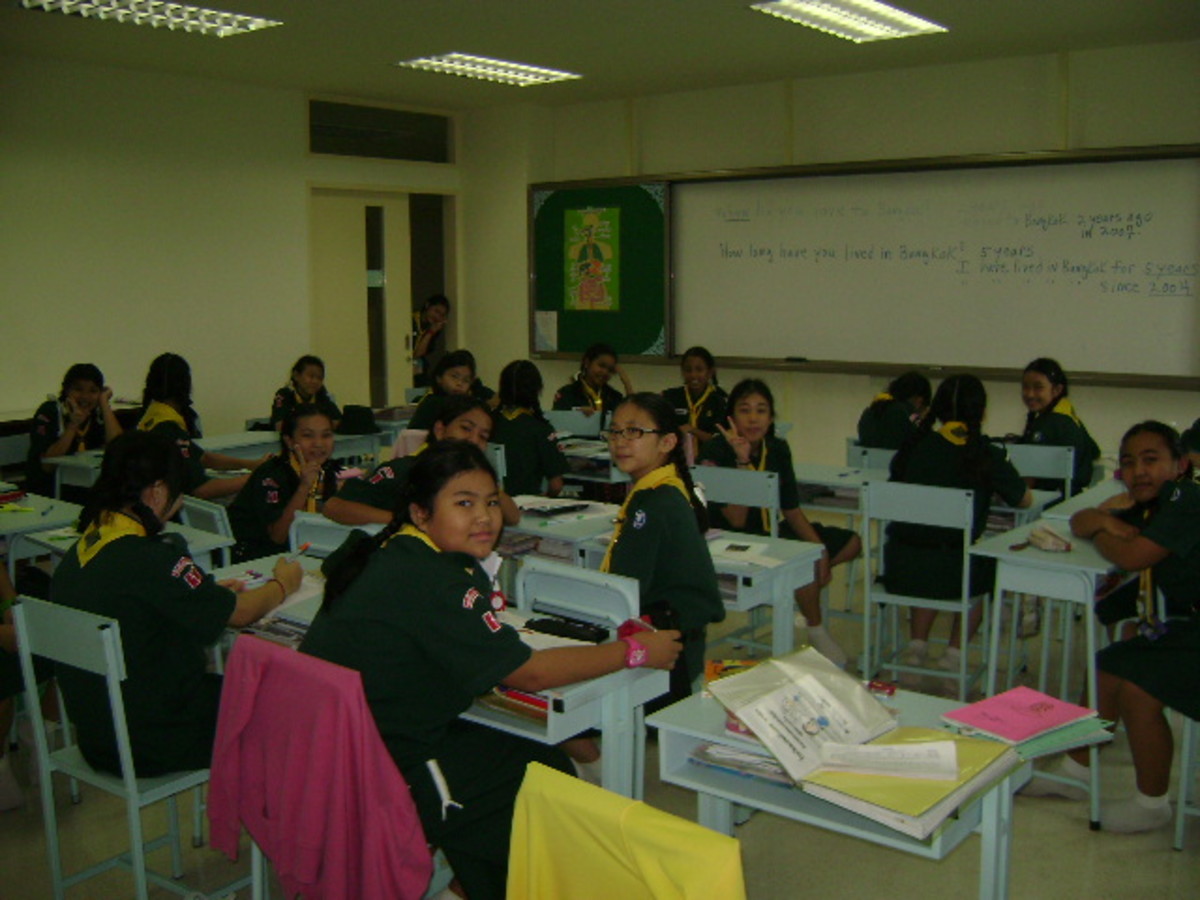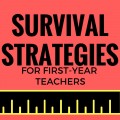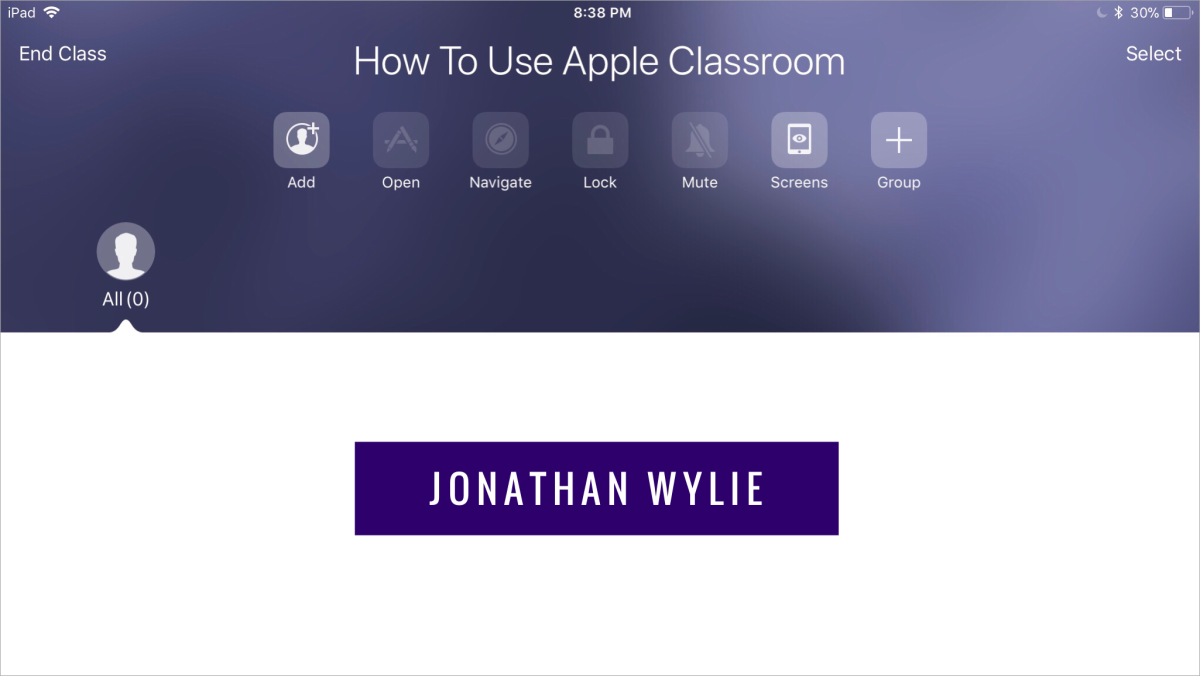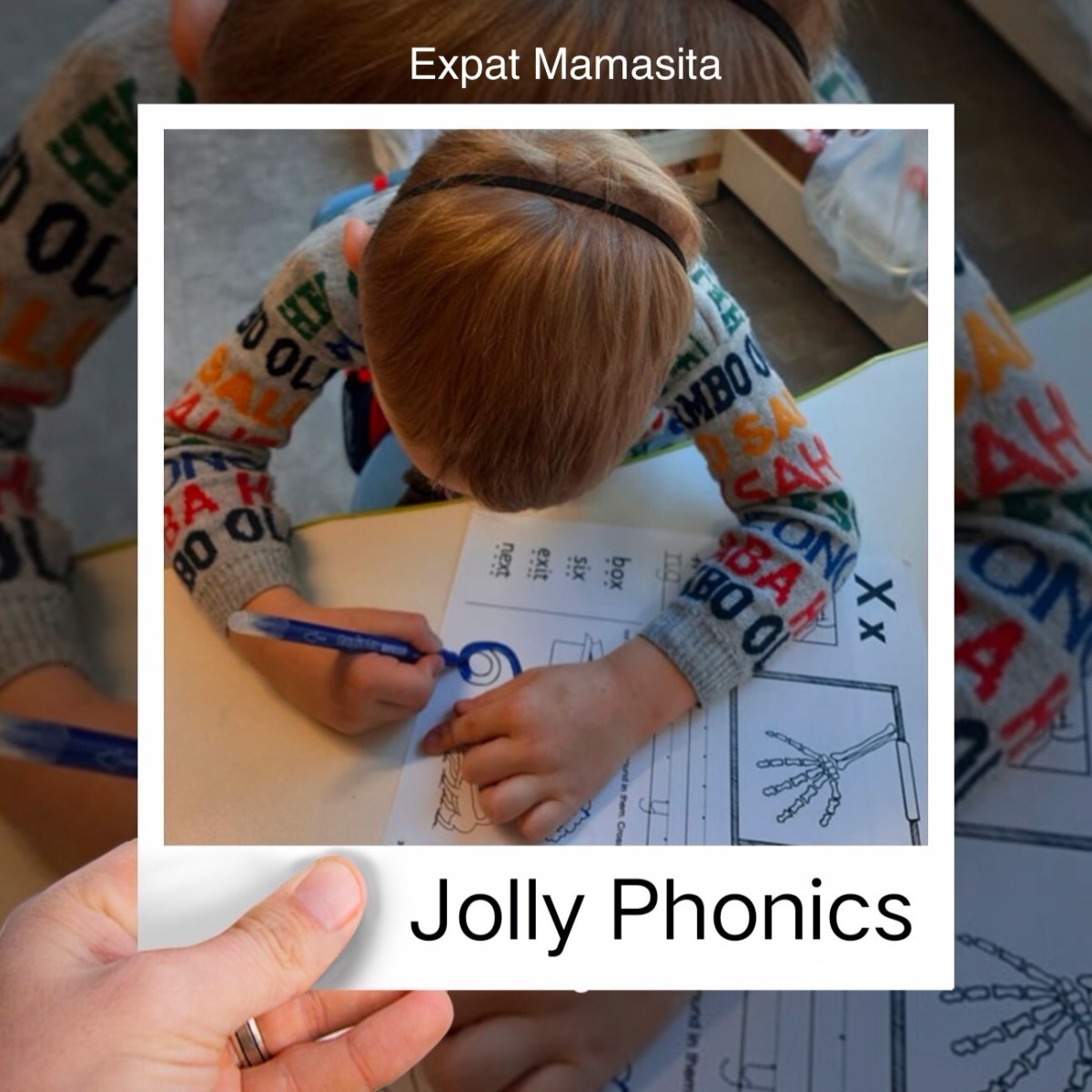Tips To Successful Classroom Management
Manage Your Classroom Stress Free
In order to be a successful teacher and promote a safe enriching learning environment for your students you must first thoroughly plan a classroom and behavior management plan. There are many ways to do this. The goal is to make this as simple and stress free as possible. With the internet there are countless resources out there as well as educational institutions providing material on this as well as a few techniques that I will share with you that I found successful both in the classroom and in the school yard. Without a consistent classroom management plan, you will find classroom behavior as well as other administrative tasks of running your classroom overwhelming. So let us get into the meat and potatoes of this and get you on to be the stellar teacher that you truly are.
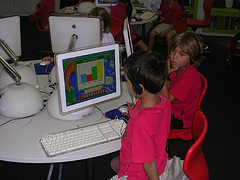
Classroom Management Tools
I cannot stress enough how important classroom discipline is to your classroom management plan. There are so many educational professionals that I have worked with in the past that discipline at the whim with no plan at all. Not only is this detrimental to the learning environment it is not doing neither the student nor the other children in your class any good. Children need structure and discipline. It is when these pieces are in place that they feel secure and actually, they love it. They're not going to tell you that they like being scolded but with children they need to know what is expected of them at all times as well as the consequences that come with making inappropriate behavior choices.
In my search in finding some useful classroom management plans, I found a well-written article online by Sarah Kessler who goes into detail about some fantastic classroom management tools. With this tech savvy world, we live in now and most schools using software to input grades and develop lesson plans it makes perfect sense to utilize some of these resources in Ms. Kessler's article. She lists five online resources that you can use for classroom management. Many of these are free and of those that do, cost is not more than $25.
I have included the link to Ms. Kessler's article below with these resources but the one I really liked out of all them is Engrade. Engrade is free and it is the ultimate classroom management tool. It allows you to create your own grade book and grading scale. Once it is completed, you simply enter the students' grades as you would on any spreadsheet. Engrade also allows you to connect and instant message parents and students in a SPAM FREE environment. You can make a customizable homework online calendar for your students and parents to see and keep them abreast of upcoming assignments and ones that are past due. This calendar lets you inform parents of trips and other events you have going on in your classroom for that month and future months. Attendance and quizzes is a breeze with Engrade making your administrative tasks stress free. Check it out it is free it is like having your own virtual assistant. The website gives you a free tour as well.
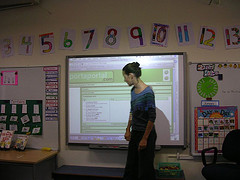
Classroom Management Plans
Another part of your classroom management plan in addition to the resources above is to communicate this to your students and parents. Open up a blank word document and type out a brief introduction along with your expectations for your class during the school term. Make sure to include a daily schedule of your activities for example in the morning-unpack school bags, collect lunch money, check homework etc... Following this, you want to include how you will have the physical arrangement of the classroom as well as your behavior plan. Attached to this include your class's specials schedule for gym, music, library, etc... Take a long manila envelope labeled with each child's name and distribute it to the students in your classroom. Make sure you tell them to not open them, give them to their parents, and return them the following day. On the bottom of your behavior plan, you should have a signature line for both the parent and child to sign and in your introduction letter to the parents ask them to discuss this with their child. Make this your students' first homework assignment.
You want to go over the plan with them so they know how the room will run throughout the year. Focus on the positive side of things like extra recess for the class, a school trip to the zoo, or maybe even the circus. If you keep a positive environment in your room one where everyone is participating and encouraging each other along with an effective classroom management plan you will find the number of classroom problems cut down in half.

Classroom Discipline
While you are developing your classroom management and discipline plans, you might want to incorporate the input of your students. I find this is especially effective with older students' grades 3 and above. Ask them what do they think are important rules to have in the classroom. On a piece of large tablet paper or even on the chalkboard, write down their ideas. Wait until you get ten ideas no more than twelve. From there go over the rules and have them vote on each one and see which ones get the majority of the vote. Not only is this encouraging their participation in the creation of your plan that you both create together but it makes for a democratic way of doing things and could be the topic of a mini social studies lesson. You could go over the importance of everyone's right to vote and connect it to how their input created your laws for the room much the same way we as adults have input on various laws that have passed due to our right to vote. Once you have five or six rules then move onto creating your classroom discipline plan.
When it comes to some other online resources you could use for behavior management, I found a great site called http://www.teachervision.fen.com/. You get a free 7-day trial after that it is $39.95 but it has a wealth of information you can use for behavior documenting as well as printable certificates. This is in addition to grade specific lesson plans and subjects. The behavior forms allow you to type in your different incidents that occur and what I found pretty cool about this is you could print a handful of these put them in a binder and label each child's name in your room creating a antidotal record for each child. These come in handy during parent teacher conferences and report card time.
Another cool site is http://creativity.denverartmuseum.org/lesson-plans/. This site has dozens of lesson plans that are broken down by preschool, elementary, and high school age. These are great lessons for anyone teaching in a traditional school environment or even homeschooling. They are free and include colorful pictures that you can blow up or print and pass around so the children in your room can see. What I liked about this site is it goes beyond what I think is taught in elementary classrooms today. One of the lessons discusses artwork from the Mayan Times often this is not taught until high school. I do think that these lessons will provide a unique twist to your daily lessons. If anything, you can use them as a weekly alternative to your other school district based curriculum. So check it out tell me what you think. If I were still in education, I would certainly be using this website.
Positive Discipline Strategies
My Discipline Strategies
Some things that I found worked for me when I was in the schoolyard and classroom was Lee Canter's Assertive Discipline. At one school, I developed a list of rules and consequences along with the Principal in an effort to make the school environment a safer one for both faculty and students. On large tablet paper, I wrote down the rules I expected for the children to follow for the lunchroom, school hallways, and yard. I made consequences from loss of recess to the more severe referring them to the Principal. For positive recognition, I would give out smiley faces to the children that followed the rules. Every Friday I had a weekly drawing where I would pick five to ten names for them to pick out their favorite pencil or toy along with a certificate to bring home to their parents.

